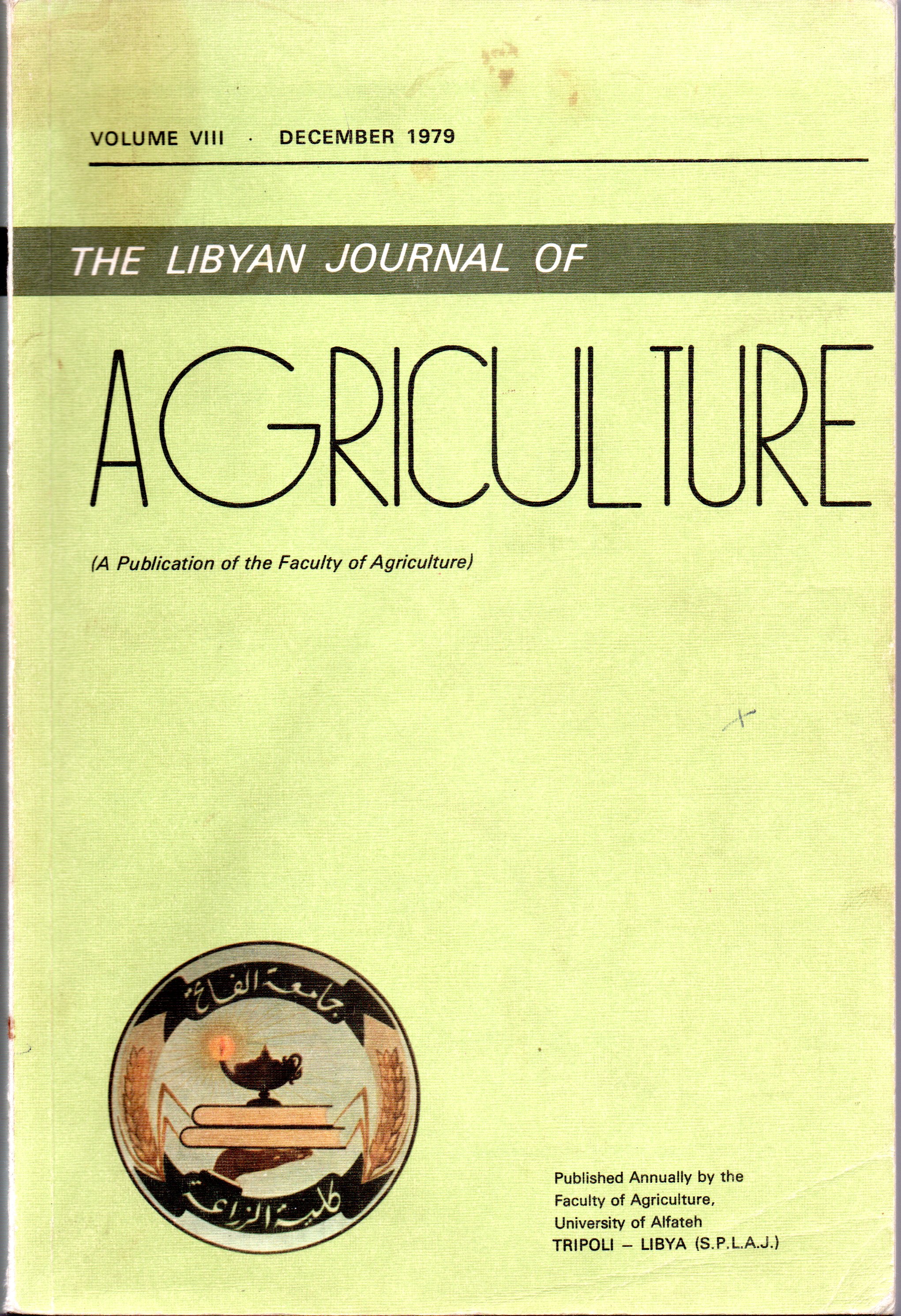Effect of Sowing Dates on the Performance of Crownvetch (Coronilla varia L.).
Main Article Content
Abstract
A field trail was conducted in 1977 and 1978 to determine the effect of sowing dates (November, 1977 and March, 1978) and plant age on the performance of crownvetch (Coronilla varia L.) under local conditions. Stem length, number of leaves, fresh and dry weights of tops were higher in March sowing. There was an overall increase in forage production in March sowing, consequently an overall increase in the carbohydrate components of the forage which are the most important fraction for producing bulky feeds for animals. March sowing produced forage with acceptable level of crude protein, crude fibre, nitrogen free extract and mineral matter. Therefore, it is recommended to sow crownvetch seeds in March. Such a practice would greatly increase the forage yield and nutrient content.
Plants of 336 days old produced a greater forage crop than those of 215 days old. But younger plants contained higher percentages of crude protein, crude fat, nitrogen free extract and mineral matter.

